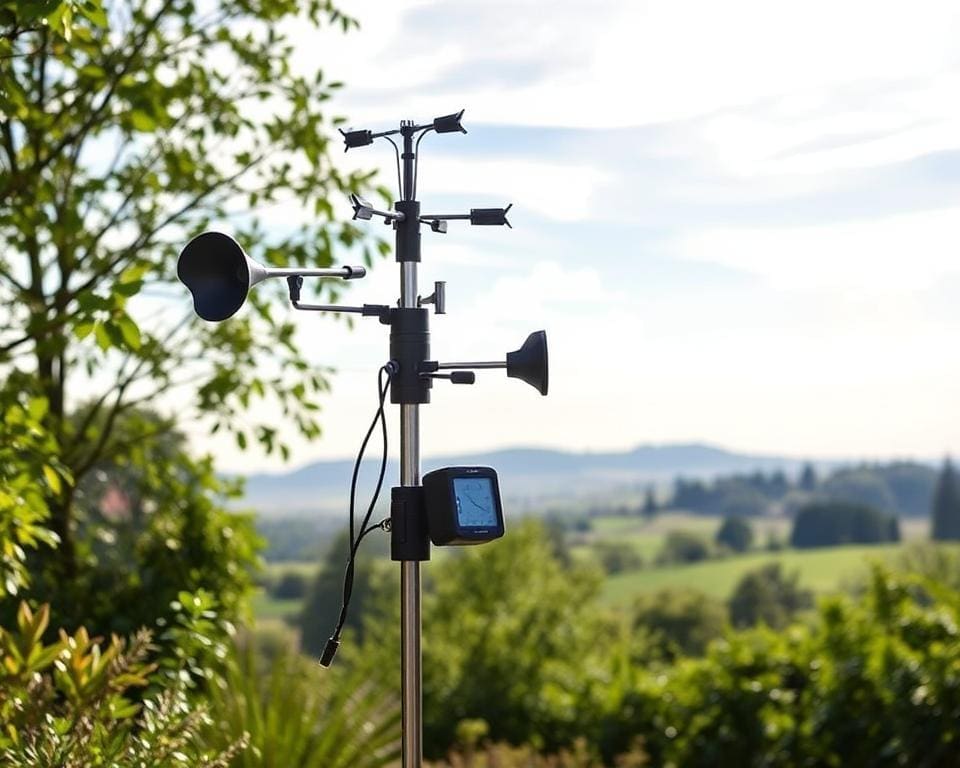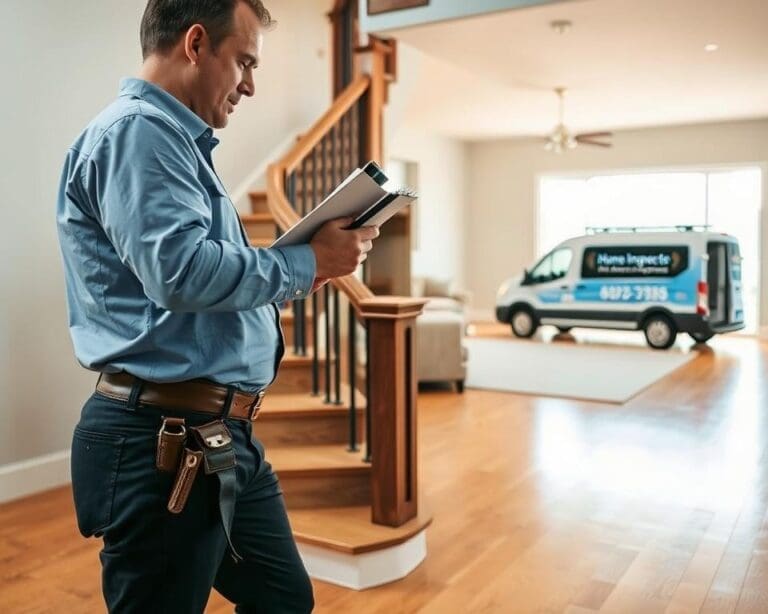Having the right weather station in your garden can transform your outdoor experiences dramatically. When considering which weather stations are best for backyard use, it’s essential to realise the advantages they offer, from precise climate monitoring to enhanced gardening techniques. A backyard weather station allows you to track temperature, humidity, and rainfall, providing you with valuable insights that lead to healthier plants and more enjoyable outdoor activities. Whether you’re planning a barbeque or nurturing a new flower bed, accurate weather data can revolutionise your approach to gardening and outdoor living.
Understanding Weather Stations
Weather stations have become essential tools for anyone keen on staying informed about local conditions. They offer more than just general forecasts; these devices provide specific data about the atmosphere in your immediate environment. Backyard weather stations, in particular, serve as vital instruments for garden enthusiasts, outdoor planners, and anyone invested in appreciating the nuances of weather patterns.
What is a Weather Station?
A weather station is a collection of devices designed to measure various meteorological parameters. Typical components include:
- Anemometers for wind speed and direction.
- Thermometers to gauge temperature.
- Rain gauges for measuring precipitation.
These instruments work together to capture and interpret data, providing insights that can be crucial for planning outdoor activities or managing your garden. Understanding how these components interact enhances your knowledge of local weather dynamics.
The Importance of Accurate Weather Monitoring
Accurate weather monitoring is invaluable, particularly when it comes to gardening and hosting outdoor events. Having precise data on local weather conditions empowers individuals to make informed decisions. This insight can significantly affect crop yields, flower blooming cycles, and the success of social events held outdoors. Frequent updates from your backyard weather stations help ensure that plans remain flexible and can adapt to changing conditions, fostering a greater appreciation for your outdoor environment.

Which weather stations are best for backyard use?
Choosing the right weather station for your backyard is an essential task for any gardening enthusiast or outdoor activity lover. Factors such as location, ease of use, and the type of data display play a crucial role in selecting the device that best suits your needs. Understanding which weather stations are best for backyard use will ultimately enhance your gardening success and outdoor enjoyment.
Factors to Consider when Choosing a Backyard Weather Station
When selecting a backyard weather station, consider the following factors:
- Location: Assess your garden’s layout to determine the optimal placement for accurate readings.
- Ease of Use: Look for user-friendly designs with simple interfaces for quick access to information.
- Data Display: Ensure the display is clear and understandable, even from a distance.
- Connectivity Features: Explore options with smart connectivity for real-time updates on your devices.
Top Features to Look For
Modern technology has transformed backyard weather stations, offering features that significantly elevate user experience. When searching for the best weather stations, keep an eye out for:
- Wireless Connectivity: Wireless options simplify installation and provide flexibility in data access.
- Smartphone Apps: Stations with dedicated apps allow you to monitor conditions remotely.
- Alarm Settings: Look for alarms that notify you of critical weather changes to prepare accordingly.
Types of Backyard Weather Stations
Choosing the right type of weather station for your backyard can significantly enhance your environmental awareness. There are various types of weather stations available, each offering unique features and functionalities. Understanding the distinctions helps users select a model that fits their needs effectively.
Basic vs. Advanced Weather Stations
Basic weather stations provide fundamental data such as temperature, humidity, and barometric pressure. For many homeowners, these features suffice for casual monitoring of local weather conditions. Advanced weather stations, on the other hand, offer a more comprehensive analysis, including forecasting capabilities and detailed wind measurements. These options can help agricultural enthusiasts, meteorology students, or anyone keen on serious weather tracking, make informed decisions based on precise data.
Wireless vs. Wired Options
Wired weather stations often excel in reliability, maintaining a steady connection and robust data transmission. Installation may require more effort due to cabling but provides a stable setup. Wireless backyard weather stations offer flexibility in placement and ease of setup, usually with a broader range of accessibility. This convenience often comes with the need for battery replacements or recharging, which can be seen as a trade-off for portability.
Best Weather Stations for Home Use
Choosing the right weather station for home use can significantly enrich your understanding of your local environment. With the right unit, you can track temperature, humidity, wind speed, and more right from your backyard. Below, a selection of highly rated models is presented, showcasing their unique features and user feedback. This information will guide potential buyers through various weather station reviews, helping to identify the best weather stations available.
Highly Rated Weather Stations Reviewed
When it comes to finding the best weather stations, models like the Davis Vantage Vue and the Ambient Weather WS-2902C frequently top the list. Each of these units has received notable acclaim for their performance and durability. Below are the highlights of some top-rated stations:
- Davis Vantage Vue: Known for its accuracy and robust build, this model provides comprehensive weather data and features wireless connectivity. Users appreciate its durability and reliable performance.
- Ambient Weather WS-2902C: This affordable yet feature-rich option offers a clear display and remote access via mobile, making it popular among hobbyists and professionals alike.
- NETATMO Weather Station: Famed for its sleek design, it monitors indoor and outdoor conditions, providing smart insights for users interested in data analytics.
Comparing Popular Models
To facilitate informed decisions, a comparison of key features across the leading models is essential. Aspects such as installation, data accuracy, and user interface vary significantly. Each model’s pros and cons can affect user satisfaction:
- Accuracy: The Davis Vantage Vue consistently ranks high for precise readings.
- Ease of Use: Ambient Weather WS-2902C offers a user-friendly app enhancing accessibility and control.
- Data Variety: The NETATMO Weather Station excels in providing comprehensive environmental insights.
In summary, the world of backyard weather station reviews is diverse and plentiful, allowing enthusiasts to find the perfect match for their monitoring needs. The information presented here serves as a starting point for anyone looking to explore the best options available.
Weather Station Reviews and Recommendations
When considering the right weather station for your backyard, expert reviews can provide invaluable insights into what works and what to avoid. Weather station reviews from trustworthy sources help highlight leading brands that stand out in performance, reliability, and user satisfaction. Alongside these professional evaluations, user testimonials share real-world experiences, painting a comprehensive picture of the strengths and weaknesses of specific models.
Expert Reviews of Leading Brands
Renowned experts in the field have assessed a variety of options when it comes to backyard weather station reviews. Brands like Davis Instruments and Ambient Weather frequently receive high marks for their accuracy and durability. The reviews emphasize features such as consistent data collection, ease of use, and robust build quality, ensuring that users can rely on their readings in any condition.
User Testimonials and Experiences
User testimonials highlight a diverse range of experiences with different weather stations. Many customers express satisfaction with instant access to vital weather data, assisting them in planning outdoor activities. Others point out the convenience offered by advanced models that sync with mobile apps for real-time updates. While most reviews highlight positives, some concerns address issues like installation complexity or lack of detailed support. Overall, testimonials encapsulate a balanced view, focusing on both outstanding performances and areas for improvement.
Setting Up Your Backyard Weather Station
Setting up a weather station for garden use can greatly enhance your understanding of local weather patterns. To achieve optimal performance, careful consideration of installation techniques is crucial. Start by ensuring that sensors are positioned accurately and securely, as this affects the reliability of the data collected.
Installation Tips for Optimal Performance
To maximise the effectiveness of your weather station for garden application, take the following steps into account:
- Choose a location that offers a clear view of the sky, free from obstructions like trees or buildings.
- Mount the sensors at the appropriate height, ideally between 1.5 to 2 metres above ground level, to capture accurate readings.
- Ensure that the equipment is sheltered from direct sunlight and strong winds, which can skew the readings.
Integration with Smart Home Systems
Connecting your weather station for garden use to your smart home system opens up a world of convenience. Many modern weather stations offer compatibility with various smart devices. Seamless integration allows for real-time data access through your smartphone or smart assistant, enhancing your overall gardening experience.
Maintaining Your Weather Station
For enthusiasts keen on maximising the efficacy of their outdoor observation, maintaining weather stations is vital. Regular upkeep ensures that you receive precise data and extends the lifespan of the equipment. Start by cleaning the sensors and displays periodically, as accumulation of dust and debris may skew measurements. Gentle cleaning with a soft, damp cloth will keep your device in optimal condition.
Battery replacement is another essential aspect of maintaining weather stations. Many models alert users when battery levels are low, but proactive checks can stave off any sudden failures. In addition to batteries, it’s wise to keep the software updated. Manufacturers occasionally release updates that optimise performance and introduce new features, thus enhancing the utility of your station.
Be aware of common issues that may arise, such as unresponsive displays or inaccurate readings. Troubleshooting these problems often involves simple steps, such as verifying connections or recalibrating sensors. By remaining attentive to these aspects of maintaining weather stations, you can ensure your system continues to provide reliable data and enrich your understanding of the weather around your home.









